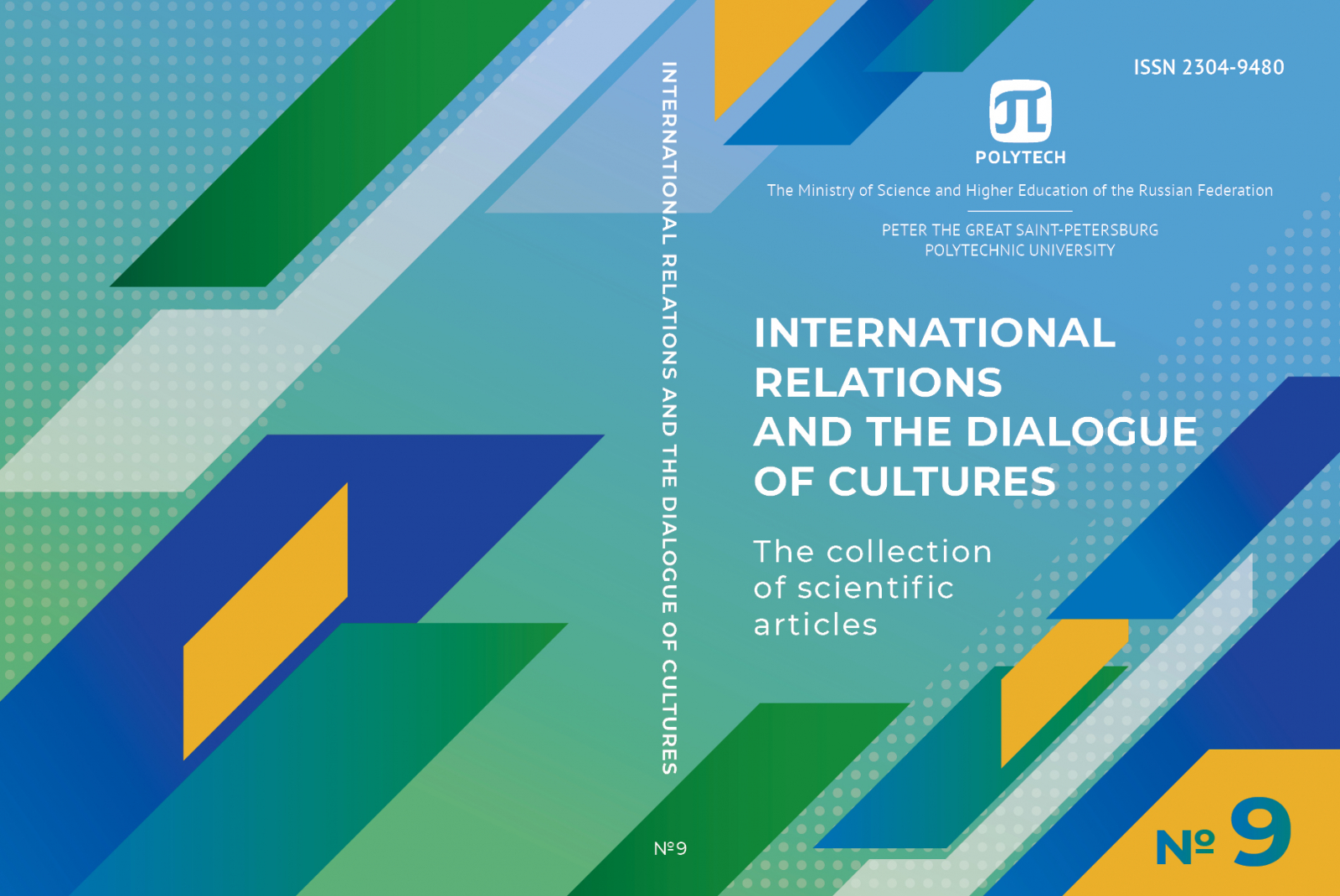RUSSIAN – ARGENTINIAN DIPLOMATIC INTERACTIONS FROM 1885 TO 1917
The article is devoted to main analysis of the main trends of Russian- Argentinian diplomatic interactions’ development from 1885 to 1917. Russian Empire’s government had not considered Latin American states as potential partners for a long time because these states were formed in a revolutionary way. That is why Russian Empire rejected all attempts of such states to establish official diplomatic interactions until the middle of the XIX century. As a result, Russia’s diplomatic interactions with Argentina were established only on October 22, 1885, but were interrupted after the October Revolution (1917). Argentina had the largest Russian diaspora in Latin America. It involved about 300 thousand people. As a matter of fact, emigration of Russians to Argentina consisted of several waves that coincided with key events in Russian history. The descendants of Russian emigrants made significant contribution to industrial, scientific and cultural development of Argentina as well as they preserved Russian customs, traditions and culture. It means that Russia had many supporters, many participants of Russian-Argentinean economic and cultural cooperation. It is necessary to note that at the initial stages of Russian-Argentinian bilateral interactions’ formation there were mutual exchanges in scientific sphere. The тRussian Orthodox Church played “diaspora-forming role” due to lack of a permanent imperial mission in Argentina. The importance of spiritual presence in Argentina was realized by the Russian elite. It is well-known fact that the Russian Empire’s Government supported the Russian Orthodox Church in Argentina, therefore it is sufficient to say that the first Russian Orthodox Church there was built with funds raised not only in South America, but also in Russia, including the donations by the Imperator Nicholay the II. Having analyzed main trends of Russian-Argentinian diplomatic interactions’ development from 1885 to 1917, it must be concluded that Russian-Argentinean interactions of this period were developed rather slowly.


